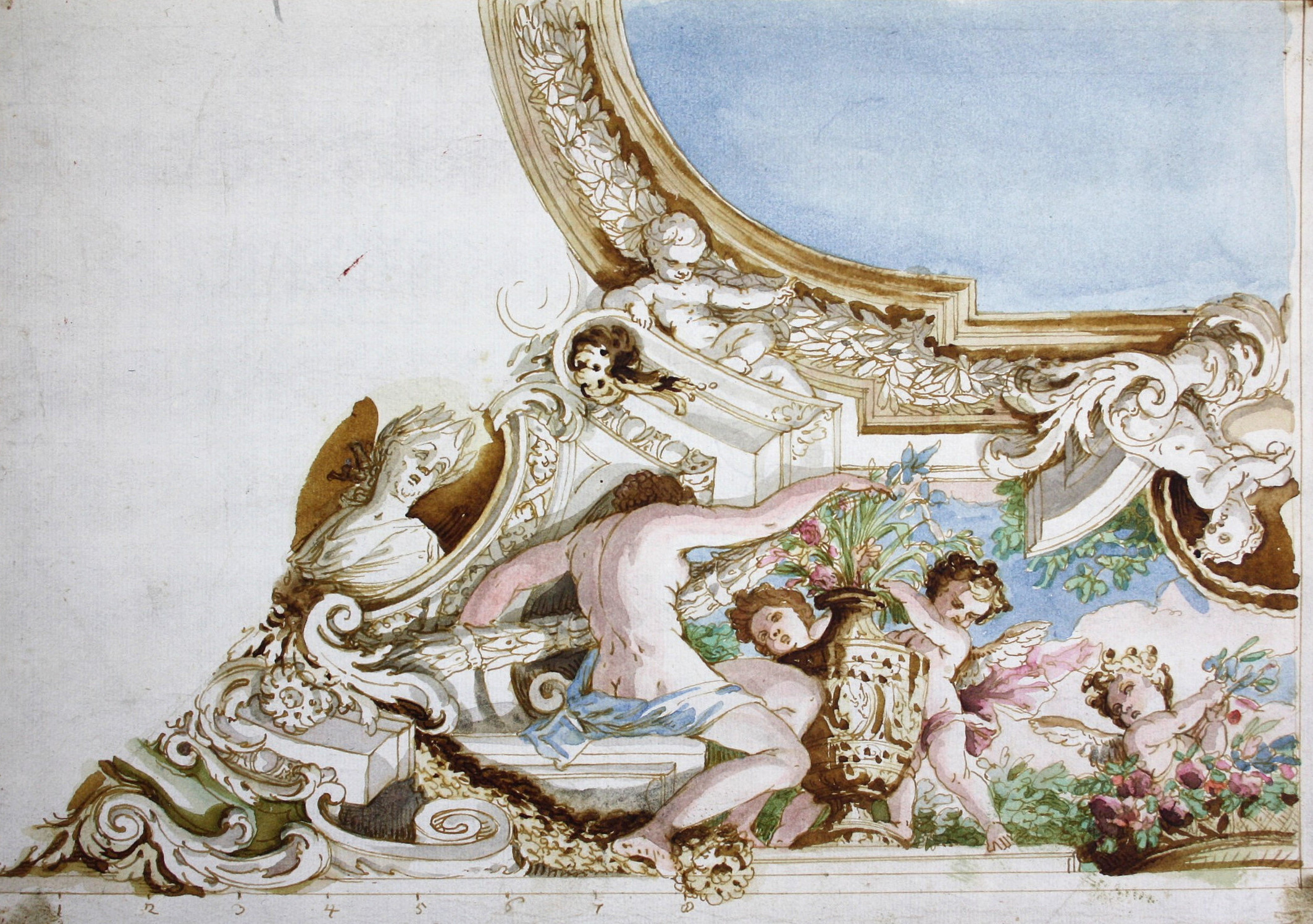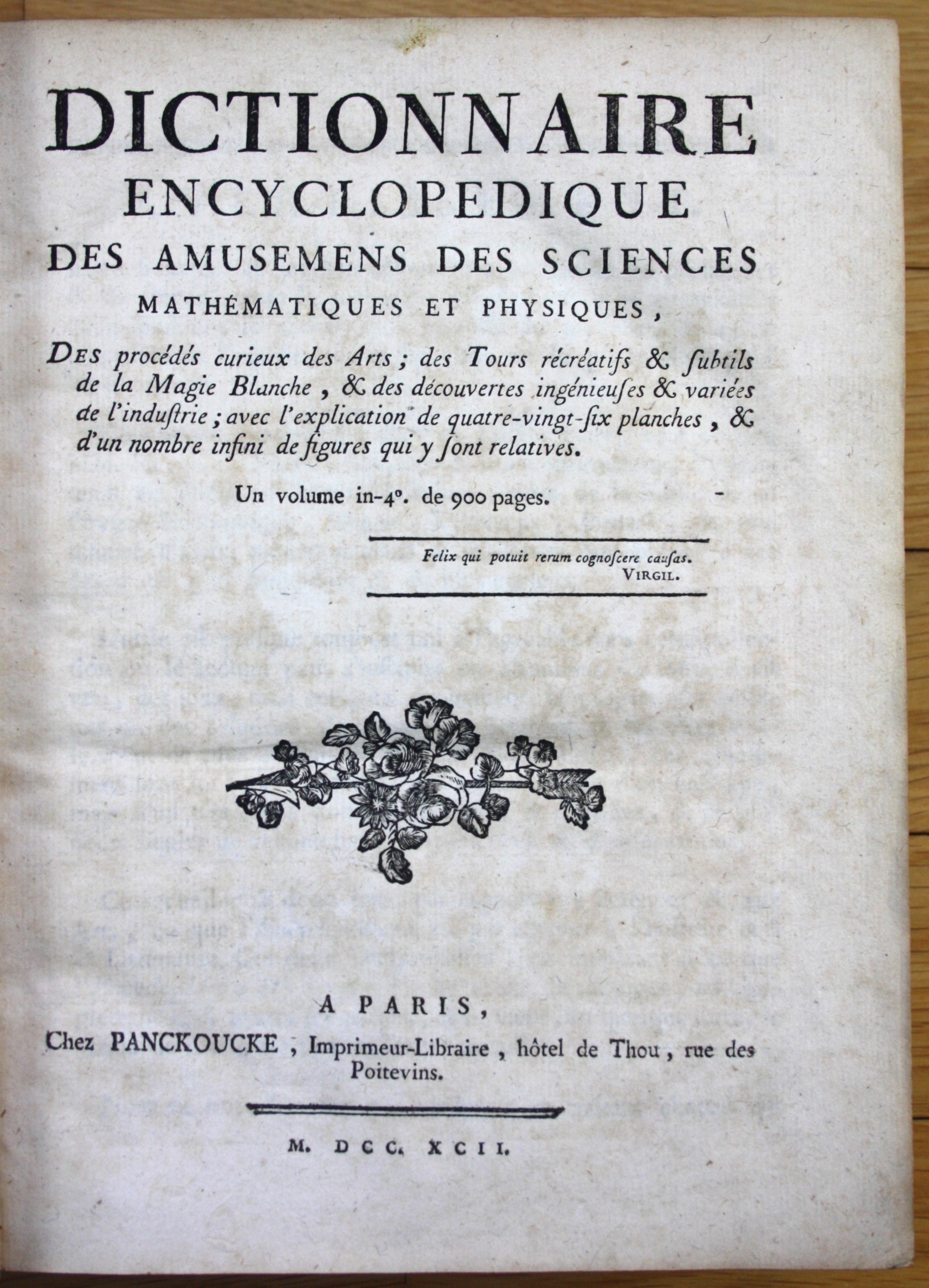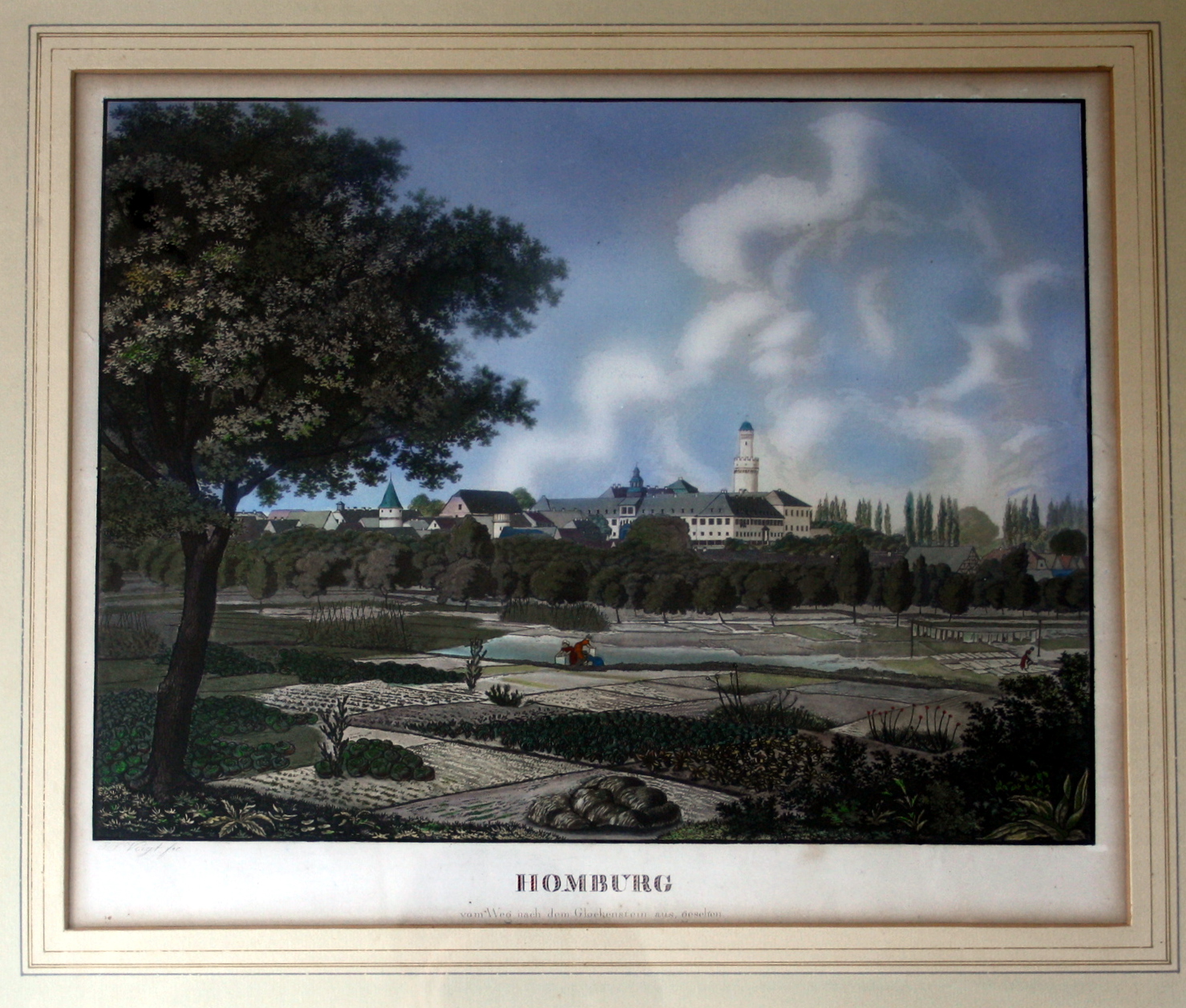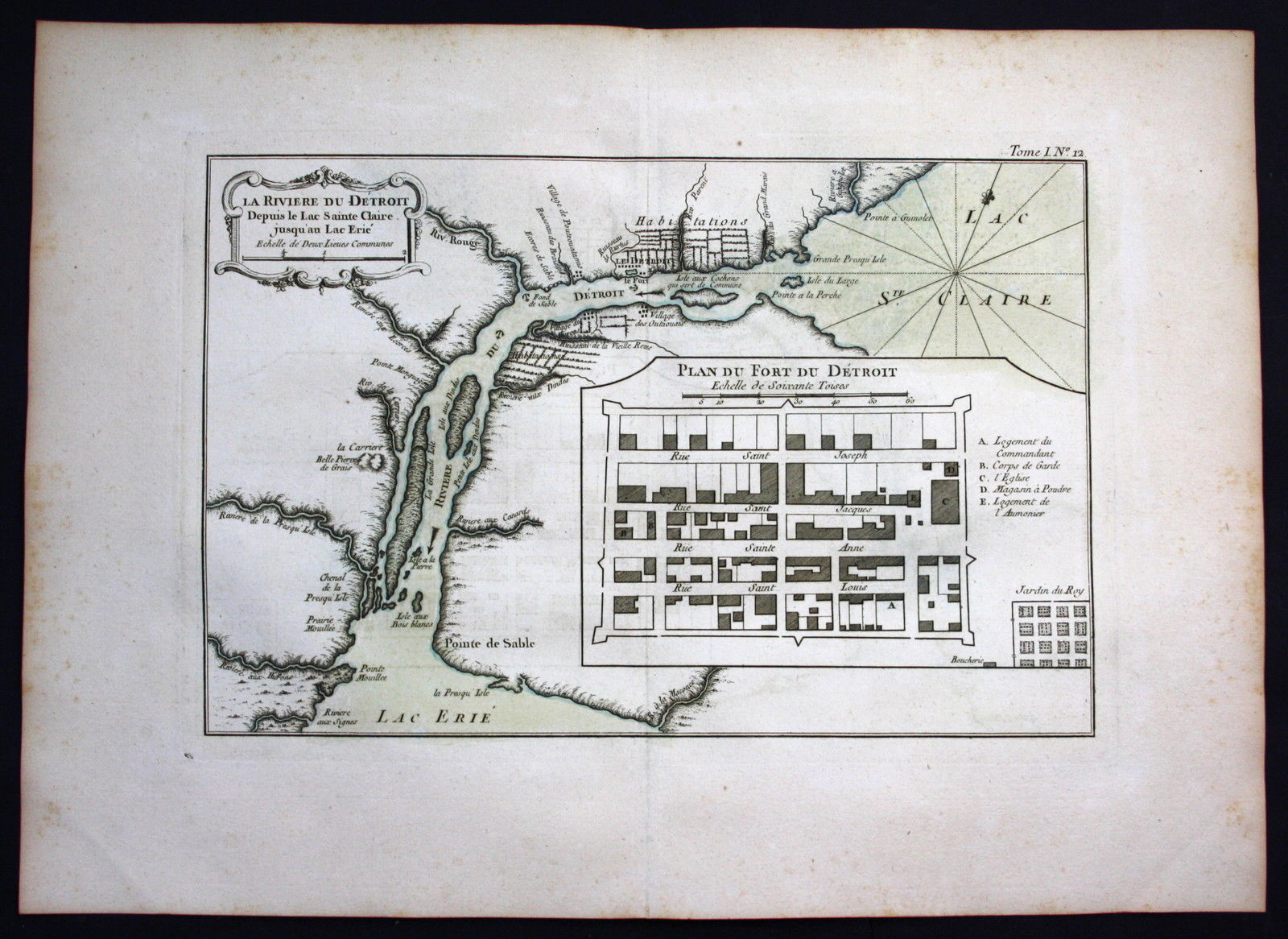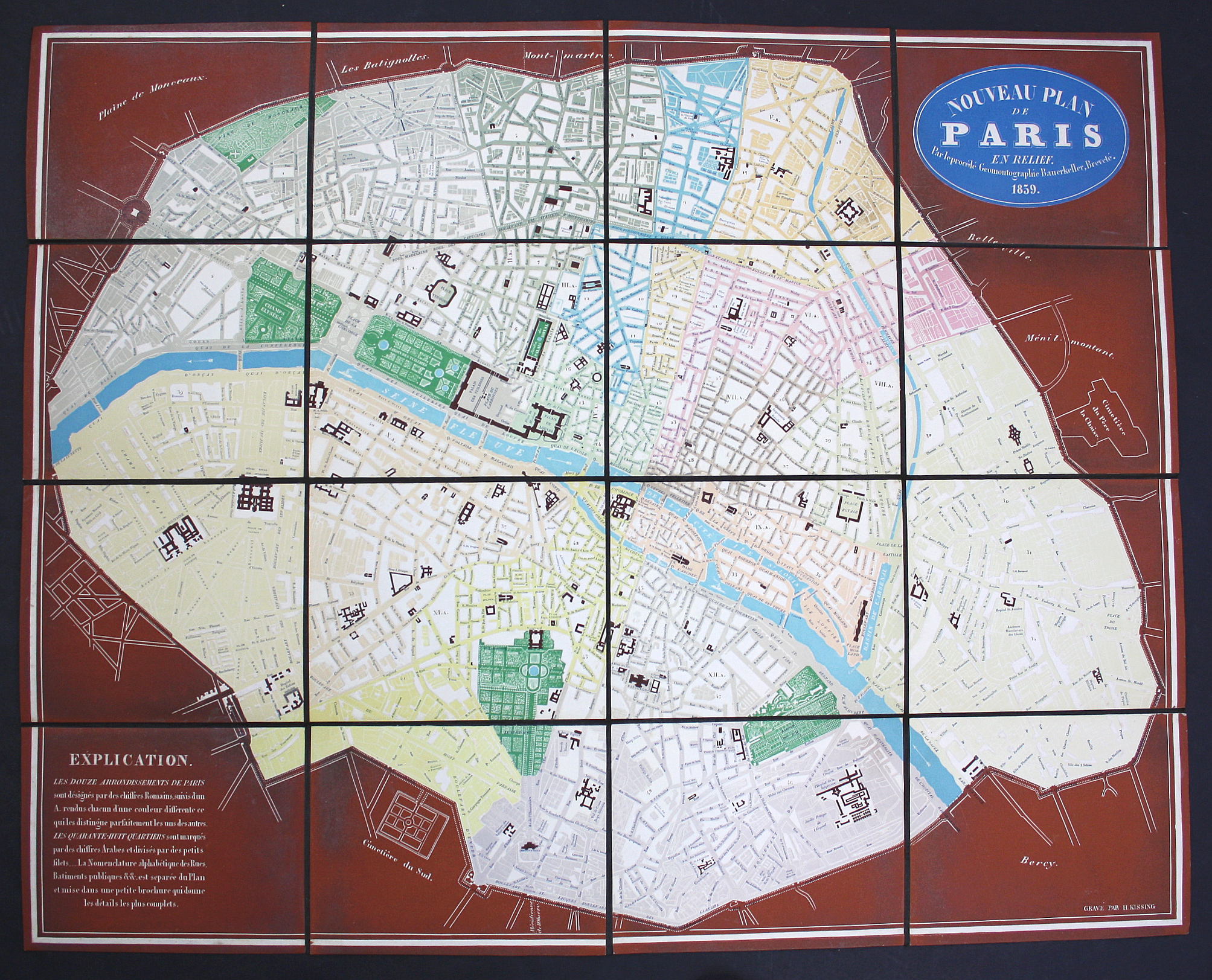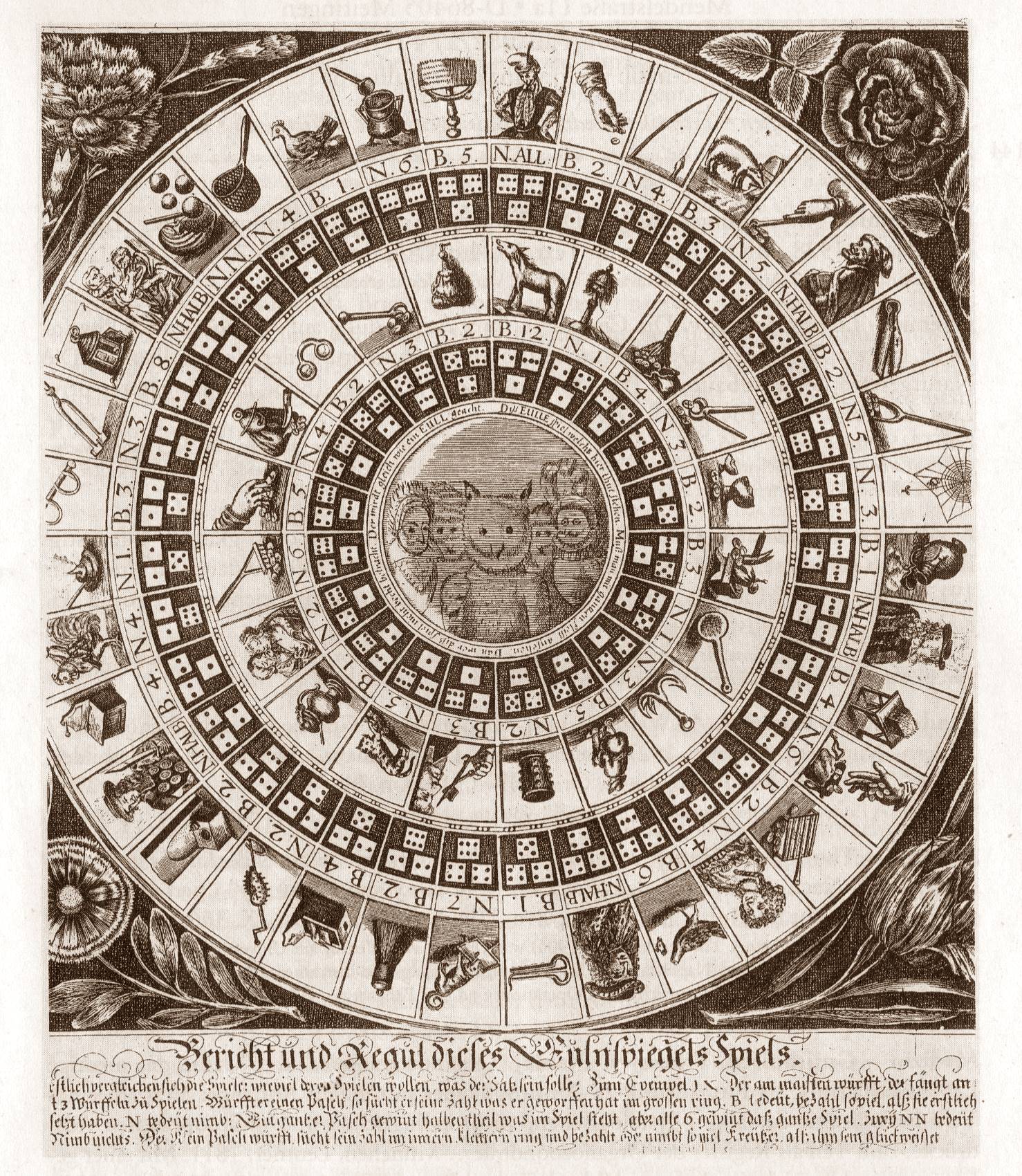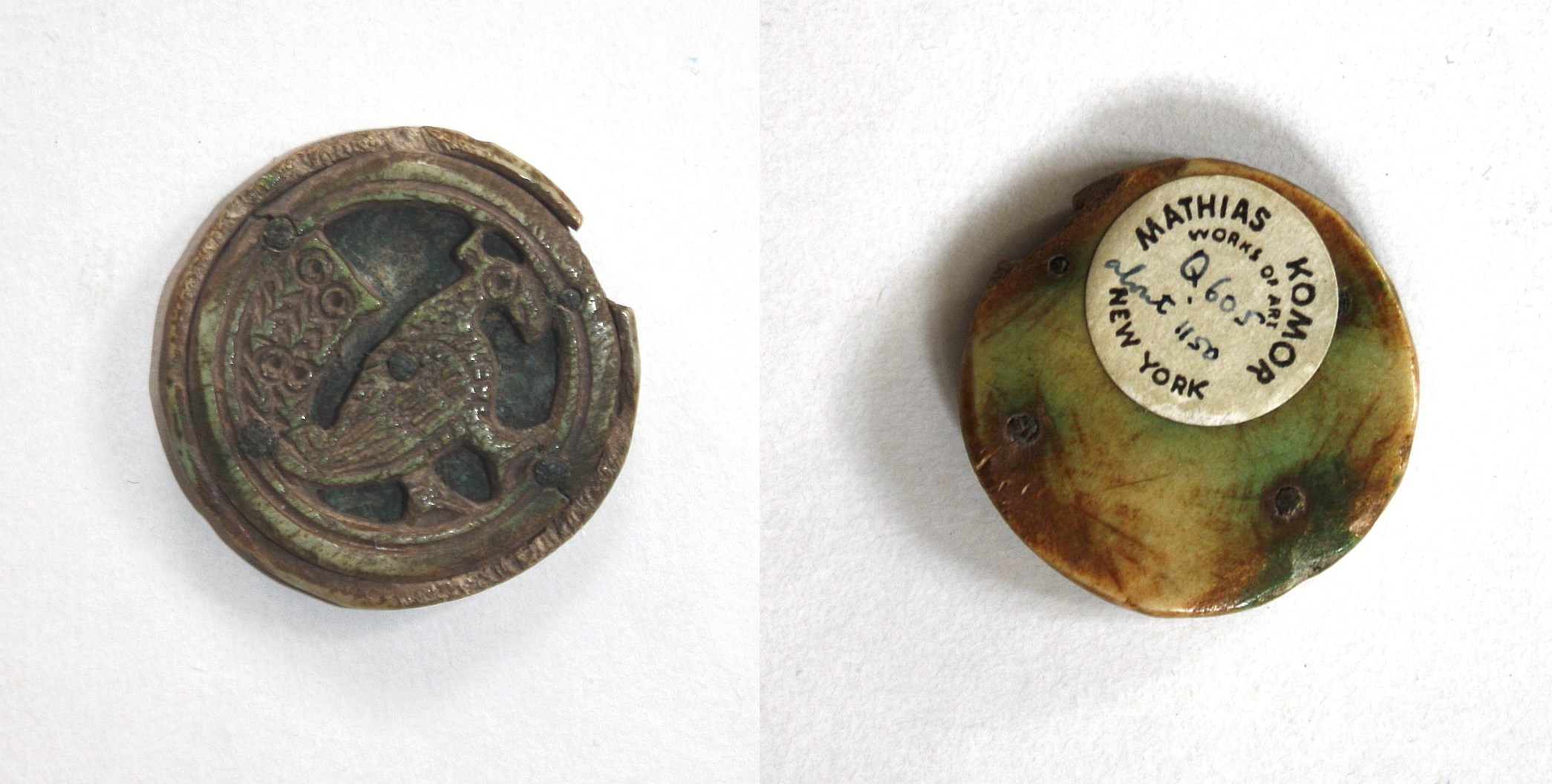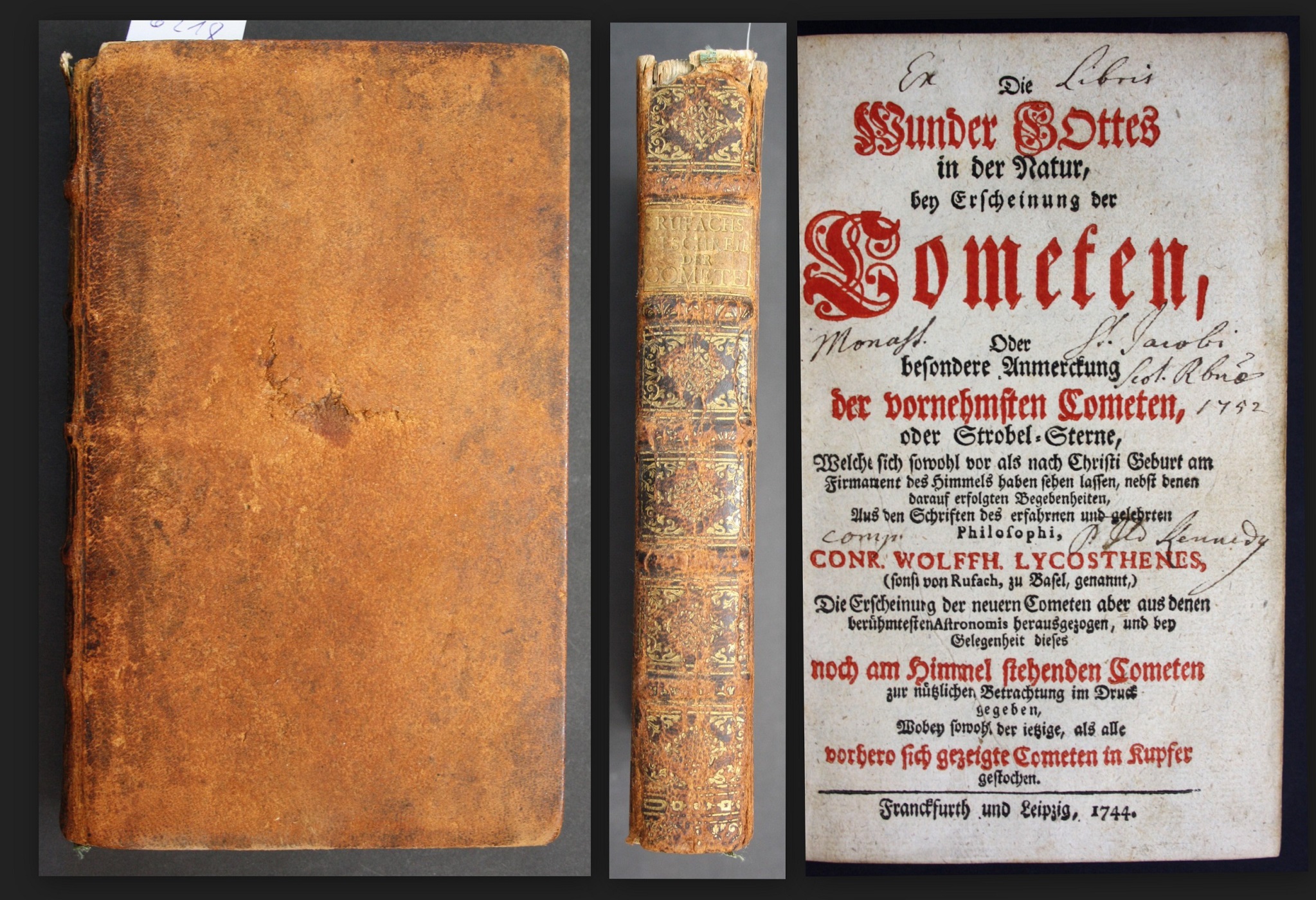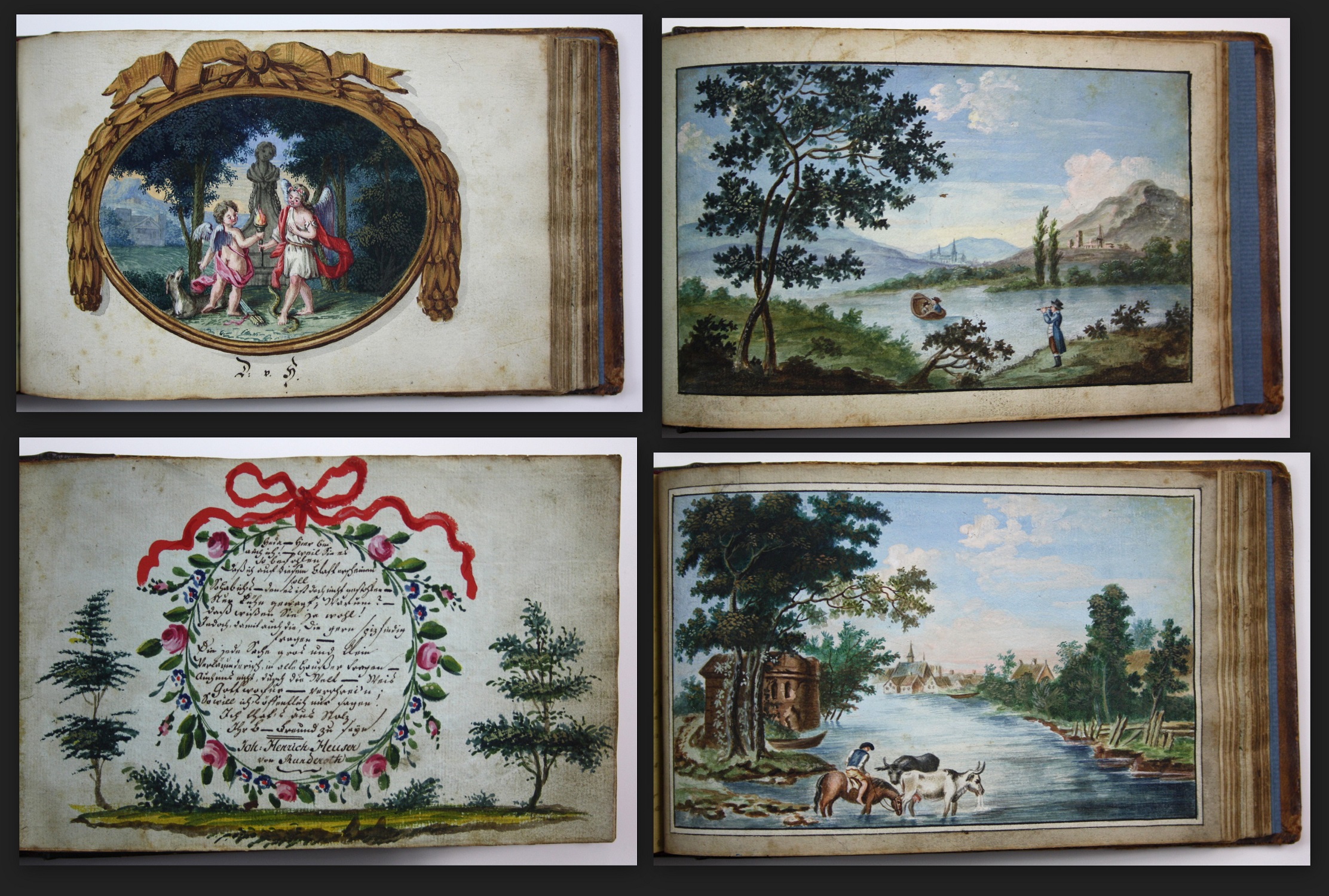Egid Schor (attr.) (Innsbruck 1627-1701 Innsbruck) or Philipp Schor (attr.) (Rome 1646 – 1701 Naples)
after Pietro da Cortona (Cortona 1596 – 1669 Rome)
Design for a corner decoration of the ceiling painting at the Galleria Pamphilj.
Pen, brown ink and watercolor on paper; 201 x 275mm.
The present drawing is a copy after a design by Cortona for the ceiling painting at the Galleria Pamphilj. It is of significant importance as Cortona’s original draft is lost.
The design bears important differences regarding the actual fresco. It is a solution for a corner decoration which was not executed in the end. Instead, most of the incorporating themes were used in quite similar compositions at the long side of the fresco.
The present drawing suggest that the layout for the fresco was a different one in the beginning, with some similarities to the earlier finished salon ceiling painting at the Palazzo Barberieni. Cortona worked more than three years on the fresco of the Galleria Pamphilj and even drew the wrath of the pope on himself. This long time span could indicate a possible rescheduling of the original layout.
As is known, the Galleria Pamphilj was one of the models for the ceiling painting at the Galleria Colonna. In this context, the present drawing could be linked to Egid Schor’s (1627-1701) designs for the Galleria Colonna, which came from the same album. Supposing, the present drawing was made as a template for the Galleria Colonna, Egid as well as Philipp Schor (1646-1701) could be held as potential draftsmen. The collaboration of both for the work at the Galleria Colonna is well documented. Also, the present drawing is definitely comparable to already known works of the two artists.
This drawing belongs to a small group of drawings that can be related to the ceiling painting at the Galleria Pamphilj. It is of great importance as the original draft by Cortona is lost, thus providing new insights into the creative process for a seminal Italien ceiling painting of the 17th century.
Provenance: private collection
__________________________________________________________________________________________
Entwurf für eine Eckdekoration des Deckengemäldes in der Galleria Pamphilj.
Feder, braune Tinte und Aquarell auf Papier; 201 x 275 mm.
Die vorliegende Zeichnung ist eine Kopie nach einem Entwurf von Cortona für das Deckengemälde in der Galleria Pamphilj. Sie ist von erheblicher kunsthistorischer Bedeutung, da der ursprüngliche Entwurf von Cortona verloren gegangen ist.
Der Entwurf weist noch einige Unterschiede zum tatsächlichen Fresko auf. Es ist eine Lösung für eine Eckdekoration, die am Ende nicht ausgeführt wurde. Stattdessen wurden die meisten der darin enthaltenen Themen in ziemlich ähnlichen Kompositionen auf der langen Seite des eigentlichen Freskos verwendet.
Die vorliegende Zeichnung legt nahe, dass die Gestaltung des Freskos zu Beginn der Arbeiten noch anders geplant war. So gab es offensichtlich einige Ähnlichkeiten zu dem früher fertiggestellten Salondeckengemälde im Palazzo Barberieni. Cortona arbeitete mehr als drei Jahre am Fresko der Galleria Pamphilj und zog sogar den Zorn des Papstes auf sich. Diese lange Zeitspanne könnte auf eine mögliche Neuplanung des ursprünglichen Layouts hinweisen.
Bekanntlich ist die Galleria Pamphilj eines der Vorbilder für das Deckengemälde in der Galleria Colonna. Sowohl Egid Schor als auch Philipp Schor (1646-1701) kämen als Urheber der vorliegenden Zeichnung in Frage. Die Zusammenarbeit beider für die Arbeit in der Galleria Colonna ist gut dokumentiert. Auch ist die Zeichnung mit anderen Arbeiten beider Künstler vergleichbar.
Diese Zeichnung gehört zu einer kleinen Gruppe von Zeichnungen, die sich auf das Deckengemälde in der Galleria Pamphilj beziehen können. Dies ist von großer Bedeutung, da der ursprüngliche Entwurf von Cortona verloren geht und somit neue Einblicke in den kreativen Prozess eines wegweisenden italienischen Deckengemäldes des 17. Jahrhunderts gewährt werden.
Provenienz: Privatsammlung
Bibliography: Jörg Martin Merz – Pietro da Cortona und sein Kreis. Munich, 2005; Silvia Carola Dobler – Egid Schor. Der Transfer illusionistischer Barockmalerei von Süden nach Norden. Innsbruck, 2008; Christina Strunck – Berninis unbekanntes Meisterwerk. Die Galleria Colonna in Rom und die Kunstpatronage des Römischen Uradels. Munich, 2007; Christina Strunck – Johann Paul Schor, capo disegnatore della famiglia Colonna. Nuove piste di ricerca. (in: Il carro d’oro di Johann Paul Schor. L’effimero splendore dei Carnevali Barocchi. 2019)
sold/verkauft




